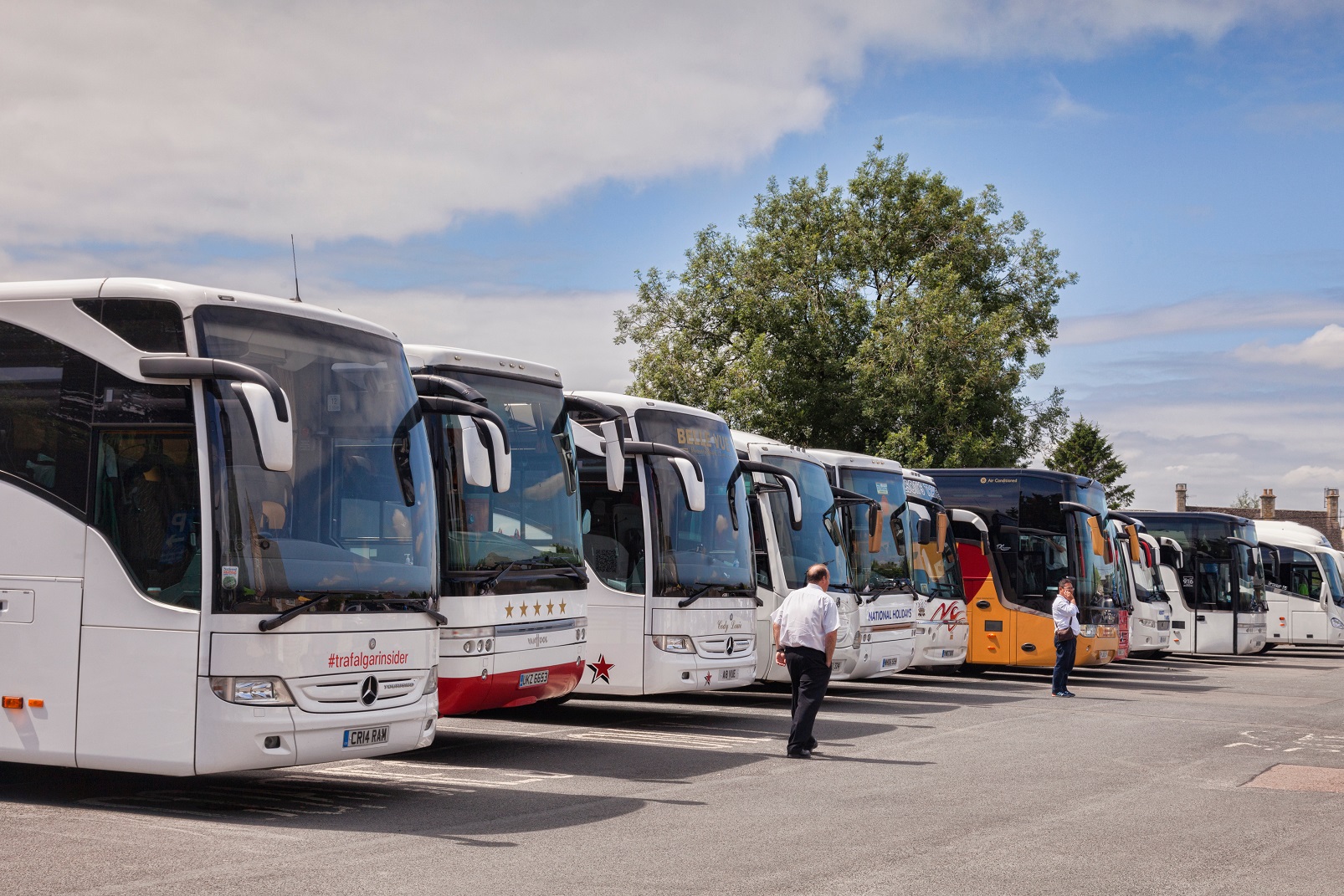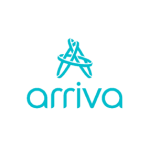We headed to Yorkshire for a ride on the famous Transdev 36 service and recount the story behind the bus that graced the first routeone cover
After an hour and a half on a noisy and packed train into Leeds sitting on the last available seat in the carriage, a journey on Harrogate Bus Company’s 36 service was a breath of fresh air.
While the train is marketed as an experience in itself and the bus is usually perceived as a means to an end rather than a joy, this iconic journey turns that traditional image of the often under-appreciated transport form on its head.
It has done this since 2003 – when the newly unveiled “super decker” buses that would operate on the revamped service made the front cover of the first issue of routeone.
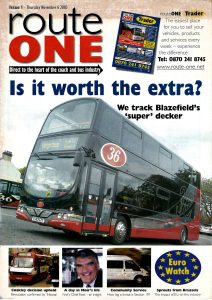
Our feature inside said that Blazefield subsidiary Harrogate & District, which became known as Harrogate Bus Company, “blows cobwebs off the double deck concept” with the new design.
Blazefield aimed to make the Wrightbus Eclipse Gemini vehicles truly stand out with a pioneering level of comfort and sophistication, with leather seats and striking black, red and silver livery.
Our coverage of the launch at Coach & Bus 2003 stated that many in the industry said it was impractical and too costly.
Indeed, as Blazefield founder and then Chairman Giles Fearnley tells us this month when looking back at that pivotal moment, there were plenty of doubters at the time. However, they were proved wrong. Time and time again, in fact.
In 2011, with Giles having sold the business to Transdev, the new management went a stage further by giving the fleet a refurb and new livery, with 2+1 seating arrangement on the upper deck.
Comfort to the max
Then in 2016 came the latest incarnation which still, to this day, wows the public. A new fleet of Volvo B5TLs, liveried in red and black and with the Wright Eclipse Gemini body took to the roads on the route between Leeds and Ripon.
When routeone took a “20th anniversary” journey on the 36, it was not difficult to see why it is one of the most talked-about bus routes in the UK.
Taking photos on board for professional purposes while avoiding looking like a bus nerd was no problem as, with a 10-minute frequency until Harrogate, your correspondent was one of only two people to be on board the upper deck on the leg from Leeds. Even if at full capacity, the 2+1 layout ensures ultimate comfort is guaranteed.

USB charging at every seat and free wi-fi are two features even more appreciated now than when they were built. A daytime journey allows you to take in the views across Yorkshire, while skylights on the roof provide a chance to stargaze at night.
The library shelf downstairs allowing books to be exchanged or read is another nice touch showing out-of-the-box thinking. The voice of the late former Look North presenter Harry Gration is heard making stop announcements and notices of nearby tourist attractions.
Next year, the story of the 36 will enter another chapter as battery-electric buses are rolled out on the route. The Alexander Dennis Enviro400EV vehicles will top up with pantograph charging at Harrogate bus station in order to fulfil the high mileage requirement.
It was truly transformational from day one. It really reset the proposition of the bus – Giles Fearnley
Little else concerning the service or vehicles has been confirmed at present but it is assumed Transdev Blazefield will continue pushing the boundaries according to the same principles to which Giles worked when making the bold move 20 years ago.
The man who went on to be Managing Director of First Bus for nine years until 2020 looks back at what he calls a team decision to replace single-deckers to meet increasing passenger demand, although he says: “I am credited in saying to the team that this cannot be like any other double-decker and this has got to be something that people will want to travel on.”
He adds of the result: “It was truly transformational from day one. It really reset the proposition of the bus; they saw this was different, it was talked about.

“We set a benchmark for the industry to follow, producing high-quality vehicles on key corridors where there is significant growth potential and, particularly, I think where that growth potential comes from existing car or train users, making the bus something which they’d never considered before but now is an attractive proposition. So it did absolutely everything we wanted it to in spades, no question.”
One of the many who were inspired by the 2003 fleet was Matt Harrison, who would go on to become Marketing and Communications Assistant Manager at Transdev Blazefield. Aged 15 and living in nearby Manchester at the time of the launch, he says: “It was mind-blowing. It was something I’d never seen before, the leather seats and the luxury. And that’s what sparked my whole interest in marketing, design and branding.
“It was the first time I started to look at things differently and think I wanted to be a part of it.”
Proving the doubters wrong
However, Giles recalls the idea being met with derision when the first buses were unveiled. “People couldn’t see what we were doing,” he says, adding that some claimed the leather seats would just be slashed and that the extra luxury would not grow passenger numbers.
They were wrong on both counts. The first such act of vandalism did not take place for many months and Giles says passengers treated these vehicles with more respect than any others.
“We saw within literally days, certainly by the end of the second week, volumes increase,” says Giles, adding that patronage was up by 15-20% within 12 months and it just kept growing.
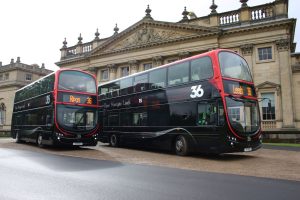
The National Bus Strategy document in 2021 noted numbers nearly doubled over 15 years. The reaction had exceeded expectations, although Giles says the bold move had been made more with confidence than nerves.
He says: “I remember doing a calculation of how many more passengers we would need to carry on every journey over, say, five years to pay the additional capital of circa £40,000 for each bus and it was, per journey, a very small number and we said, ‘If we can’t do that with marketing and the skills we have, we shouldn’t be in business.’”
The service has been listed among the top 10 most scenic bus routes in the UK. The view from the top deck over the approximately 100-minute journey is alone well worth the capped £2 fare.
Giles, who is Chair of Great Scenic Journeys, says: “The industry collectively has never really sold the opportunities that certain services particularly offer, not just in holiday destinations but in all parts of the country. “The bus can be a hugely attractive way of travelling compared to other modes.”
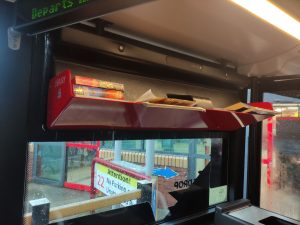
Matt had a “dream come true” when his career switch just after the 2016 launch meant he was charged with the marketing around getting people onto the 36. That said, the service sells itself, he points out.
Although now working at train operator Northern, Matt says Transdev Blazefield has succeeded in winning custom from those would otherwise use the train or car. He adds: “You look at house sale adverts in Harrogate and you’ll see mention of proximity to the 36 bus stop because it is that highly regarded as something for the town to be proud of. The operator claims that the service is as much a part of the town’s culture as Bettys.
“I think what sits behind the success of the 36 is that it’s the master of reinvention. When things start to get stale and a little tired around the edges, the 36 has constantly reinvented itself.”
What’s next for the 36?
Speaking of reinvention, how can Transdev Blazefield raise the bar next year with the new fleet? Giles responds: “I’m sure in terms of design Transdev Blazefield will take the concept a step further, but how, I don’t know.
“It will strongly promote the environmental impact of these vehicles and that itself will generate further patronage growth.”
I think Transdev kind of threw the gauntlet down to operators to say, ‘actually we could do so much more in terms of the interior’ – Chris Edwards-Thorne
In that regard, it will be about more than what’s under the body of the vehicle. The sustainability angle is likely to be taken onto the decks too, with safety likely to be another important consideration.
“Sustainability is a big selling point now,” says Matt, who recognises that the installation of batteries may present some challenges with regards to the aesthetics and comfort on board.
Chris Edwards-Thorne, Marketing Manager for Altro, which makes flooring for coaches and buses, agrees sustainability will be heavily promoted when it comes to the next version of the 36.
However, he feels that beauty and comfort will not necessarily have to be compromised by Transdev Blazefield and that current developments in interiors mean the operator will still have opportunity to be revolutionary.

“I think Transdev kind of threw the gauntlet down to operators to say, ‘actually we could do so much more in terms of the interior and how comfortable and appealing we can make it.’
“I do think we’ve seen a massive transition over the last seven years since the last iteration came out. The penny’s dropped that, if you want to get people out of cars, you have to replicate the comfort and style of cars in a public space environment.”
Whatever is unveiled for the 36 next year, the operator will be hoping it can continue to blaze a trail and buck the patronage trend.






















